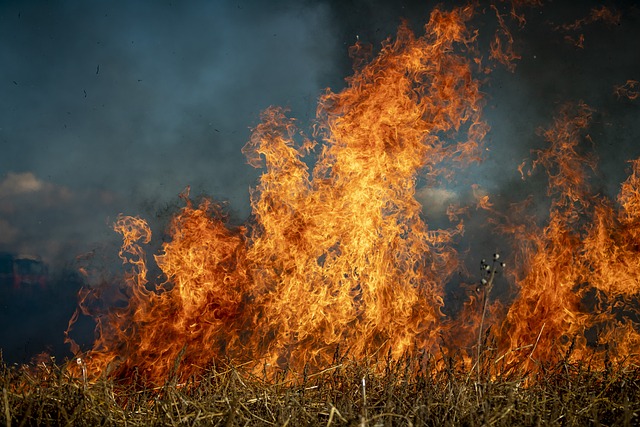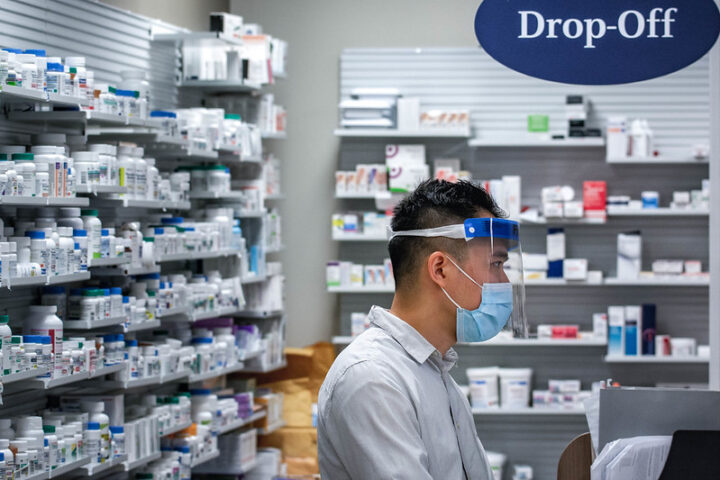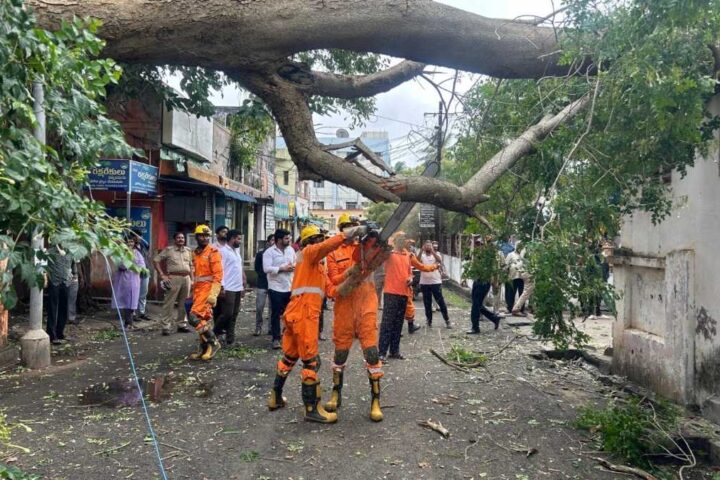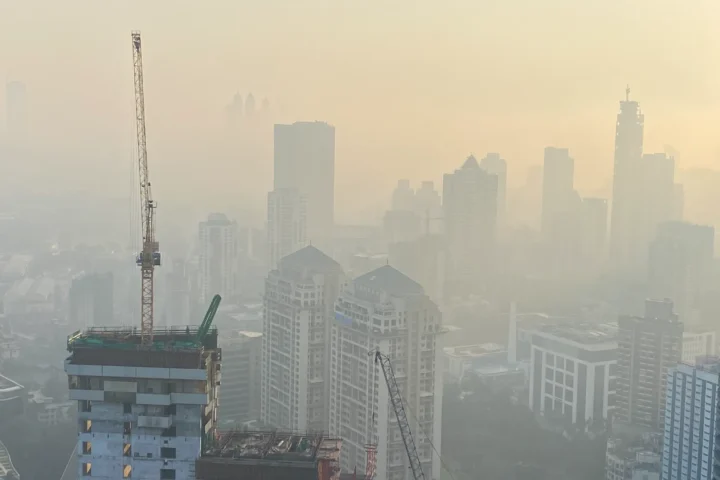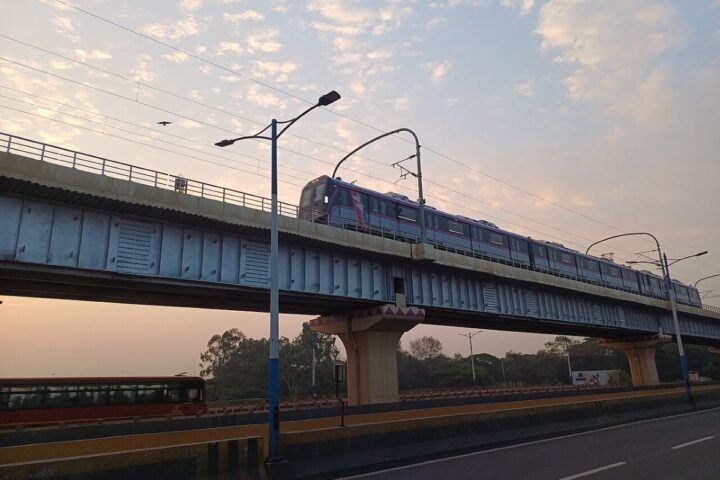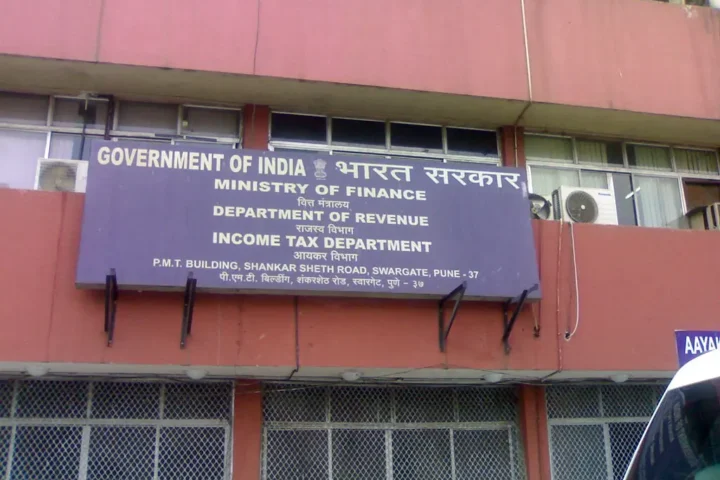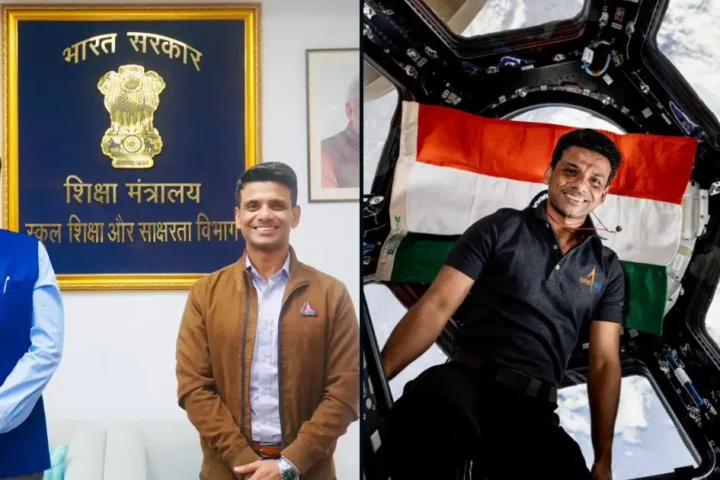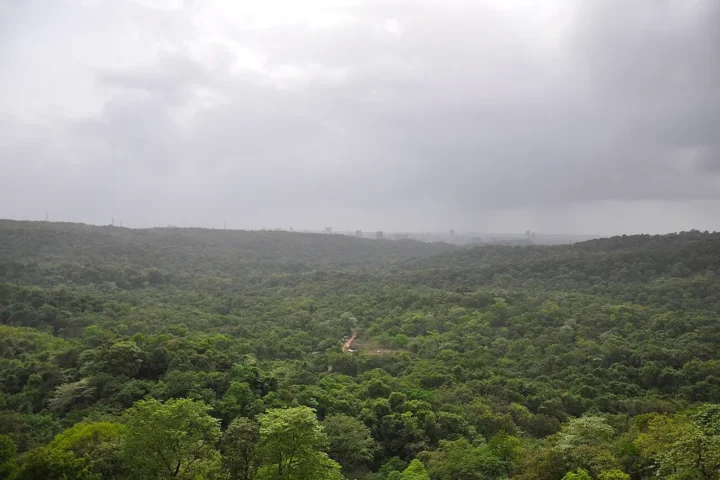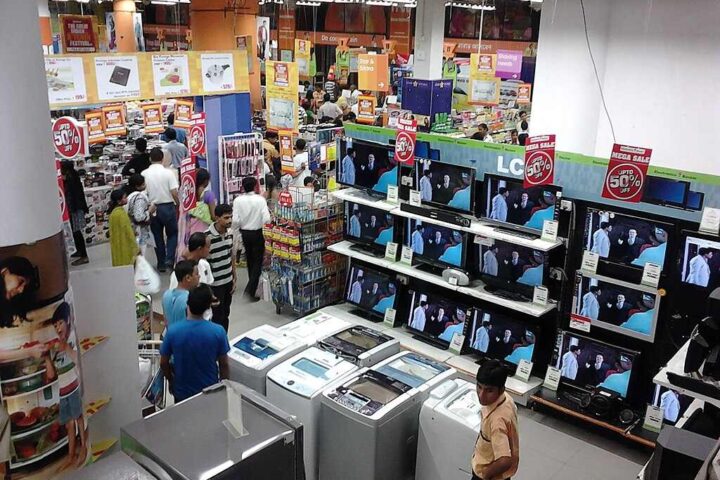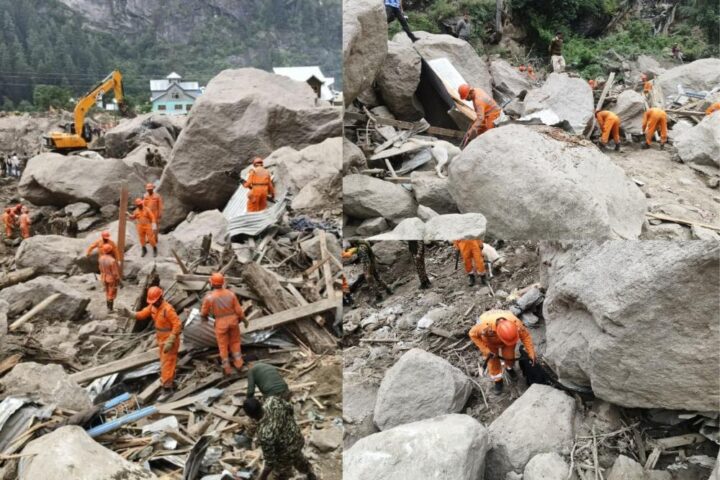Air quality monitoring took center stage as tech entrepreneur Bryan Johnson shared his Mumbai experience through a detailed video on X. Inside his Mumbai hotel room this December, even with air purifiers running and an N95 mask for outdoor ventures, Johnson felt the telltale burn in his throat and eyes – a sensation familiar to millions dealing with urban India’s air pollution crisis.
“India would save more years of life by solving air pollution than curing cancer,” Johnson wrote on X, accompanying a video that walks through their practical approach to pollution protection. His team’s portable air quality monitors revealed PM2.5 concentrations between 80-100 μg/m³ in Mumbai – a stark contrast to the World Health Organization’s recommended limit of 5 μg/m³.
The video gets specific about their protective measures. Johnson’s associate explained their methodical approach: “We carried portable air filters everywhere we went to ensure clean air.” They skipped the hotel gym after their monitors showed concerning air quality levels. Instead of compromising, they exercised in their filtered hotel room. The team kept car windows sealed, relied on hotel air conditioning systems for filtration, and never stepped out without N96 masks.
The response from Indian social media users ranged from practical to frustrated. “Government should force all corporations/companies to have an air filter as a mandate,” wrote one user, adding specific policy suggestions: “Do more awareness campaigns on the usage of masks. Plant more trees, water them and maintain them well with taxpayers’ money. Give more subsidies on battery vehicles.” Another user cut to the heart of the issue: “Being able to breathe pollution-free air should be a human right! But it’s becoming a privilege.”
Current data places India as the third most air-polluted country worldwide, with 83 of its cities ranking among the 100 worst globally for air quality. The microscopic PM2.5 particles, measuring 2.5 micrometers or smaller, pose severe respiratory risks as they penetrate deep into lung tissue. These particles come from various sources: vehicle emissions, construction dust, industrial activities, and seasonal agricultural burning.
Similar Posts
Johnson, who directs $2 million annually toward medical diagnostics and treatments through his Blueprint initiative, connected air quality to his broader health optimization framework during his December visit. While promoting his book on age reversal and meeting young entrepreneurs about Blueprint, he consistently emphasized air quality’s role in overall health outcomes.
“Each country has its silent killer,” Johnson’s associate noted in the video. “In India, it’s pollution. In America, it’s obesity. The most important thing is to understand your environment.” This observation sparked further online discussion about systemic solutions, with one user emphasizing: “Not just a health issue but an economic and social one as well. Hundreds of millions of people don’t have access to any of the temporary solutions. Needs rapid, systemic change to avoid a major crisis.”
The particulate matter readings Johnson’s team recorded in Mumbai – reaching up to 20 times WHO guidelines – exemplify why air quality experts consistently rank Indian cities among the world’s most polluted urban areas. These measurements, taken with professional-grade portable monitors, provide real-time data about exposure risks and the urgent need for both personal protection and broader policy changes.
For those looking to implement Johnson’s air quality management strategies, his team recommended: portable air quality monitors to track PM2.5 levels, high-efficiency air purifiers for indoor spaces, N96 masks for outdoor protection, and careful attention to ventilation systems in cars and buildings. Yet the broader conversation points toward the need for comprehensive urban air quality management and stricter environmental policies to address this public health challenge at its source.


